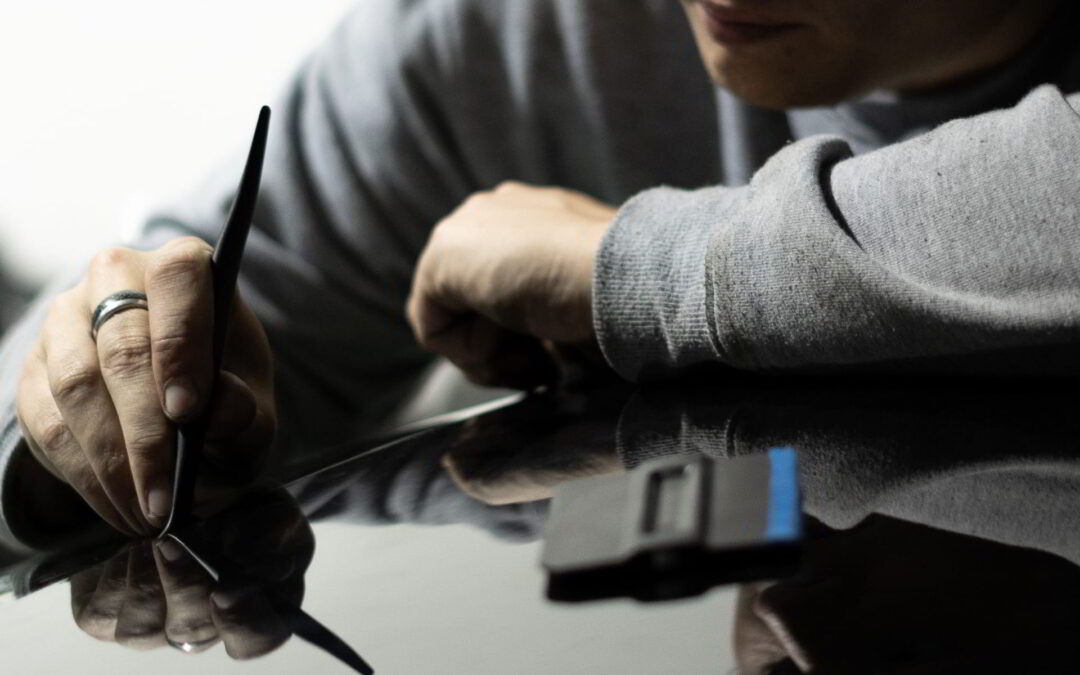Advantages of Car Wrapping
Car wrapping offers several advantages over traditional painting. It’s a quick and reversible way to change your vehicle’s appearance. Wraps are available in a variety of colours and finishes, allowing for personalised designs. They also protect the original paint from scratches and environmental damages. In terms of cost, wrapping is often more affordable than a high-quality paint job. It’s a particularly attractive option for those who want to regularly update their vehicle’s look without committing to a permanent change.
Pros of Traditional Car Painting
Traditional car painting, while more permanent than wrapping, offers its own set of benefits. It provides a high-quality finish that can be custom-matched to any colour. For vehicles with extensive body damage or rust, painting can be a more suitable option, as it allows for extensive surface preparation and restoration. Traditional painting also appeals to those who prefer the classic aesthetic and feel of painted surfaces, especially for vintage or classic cars.
Drawbacks of Traditional Painting
Traditional painting has its drawbacks as well. The process is time-consuming and requires the car to be out of use for an extended period. Paint jobs are also more permanent, making any future changes to the vehicle’s colour or finish more difficult and expensive. The cost of a high-quality paint job can be substantial, especially for custom colours or finishes. Additionally, over time, paint can chip, fade, or peel, requiring further maintenance and touch-ups.
Cost Comparison: Wrapping vs. Painting
Comparing costs between car wrapping and traditional painting reveals significant differences. Generally, car wrapping is more cost-effective, especially for those seeking temporary changes or unique designs. The cost varies based on the quality of materials and the complexity of the job. Traditional painting, while more expensive, offers a longer-lasting result. The cost of painting can escalate quickly, depending on the quality of paint, the extent of surface preparation needed, and the level of customisation desired. Ultimately, the choice depends on budget, desired outcome, and the vehicle’s condition.


Recent Comments